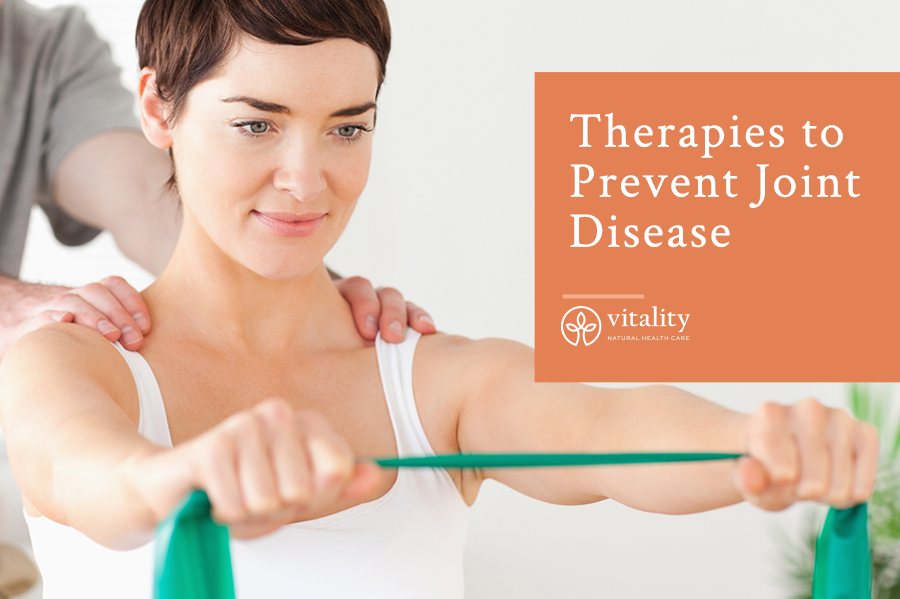Joint pain and stiffness from arthritis and joint disorders can be a daily challenge, but this blog post, the final in a series of four on joint health, will provide insight to prevent joint disease, including natural therapies that can help increase your range of motion and ease the pain associated with arthritis. If you missed the other blog posts in this series, you can check them out here.
The first natural therapy to prevent joint disease is acupuncture. It is an effective therapy that has been approved by the FDA for pain management for individuals with arthritis
Acupuncture is one of oldest medical practices in the world, dating back to China more than 2,000 years ago.
It is based on the belief that flowing through our bodies is a life force called “qi” (pronounced “chee”). This qi flows through channels called meridians. Obstructions in these channels block the flow of qi, creating pain and disease.
To remove obstructions and restore a balanced flow of qi, acupuncturists insert needles into specific points on the body. This precise insertion produces a signal that travels along the spinal cord to the brain. This signal triggers the release of neurotransmitters called endorphins and enkephalins, which helps to reduce pain sensations (1). The length of time it takes to see results varies, however, eighty percent of my patients see a reduction in pain after just four treatments.
The second therapy I recommend is Prolotherapy or Proliferative Therapy. It involves the injection of plasma rich proteins (PRP) into the affected joint or ligament. This injection creates a mild inflammatory response which encourages the body to produce its own growth repair nutrients to heal the joint and calm inflammation. This procedure is typically performed by a trained healthcare professional once a month for 3-6 months. This form of regenerative medicine is used to treat acute, chronic, and difficult to resolve joint issues and injuries.
The third recommendation is one you’ve most likely heard of before and may have even tried – alternating heat therapy and cold therapy. Heat therapy increases the temperature of your joint, which helps increase blood flow to the affected area. This increase in temperature can soothe discomfort and increase muscle flexibility. In contrast, cold therapy reduces blood flow. This helps to reduce any inflammation and swelling. It can also temporarily reduce nerve activity, relieving pain.
Alternating between the two therapies can be very healing.
I recommend applying a hot pack or heating pad to the affected joint for 3 minutes, followed by an ice pack for 1 minute. Alternate until you have applied both heat and cold three times.
Since moving your body is one of the most important aspects of maintaining the health of your joints, I also recommend rebound therapy. Jumping on a mini trampoline, called a rebounder, for ten minutes each day is a great way to gently move and stretch the joints. This low-impact exercise increases blood flow, stimulates the detoxification of the lymphatic system, and encourages the production of collagen and hyaluronic acid.
My final recommendation is physical therapy. Physical therapists provide individualized exercises to improve flexibility, strength, coordination, and balance to help you achieve optimal physical functioning. These exercises can be done under the supervision of your therapist, but many of them can and should also be done at home to gradually strengthen your muscles and support the health of your joints, ligaments, and tendons.
One or more of these therapies used in conjunction with the food and lifestyle recommendations included in this series can help you prevent joint disease and the development of arthritis and many joint disorders. They can also help you to maintain the strength and functionality of your joints if you’re living with joint pain, joint decay, or arthritis.
xo,


